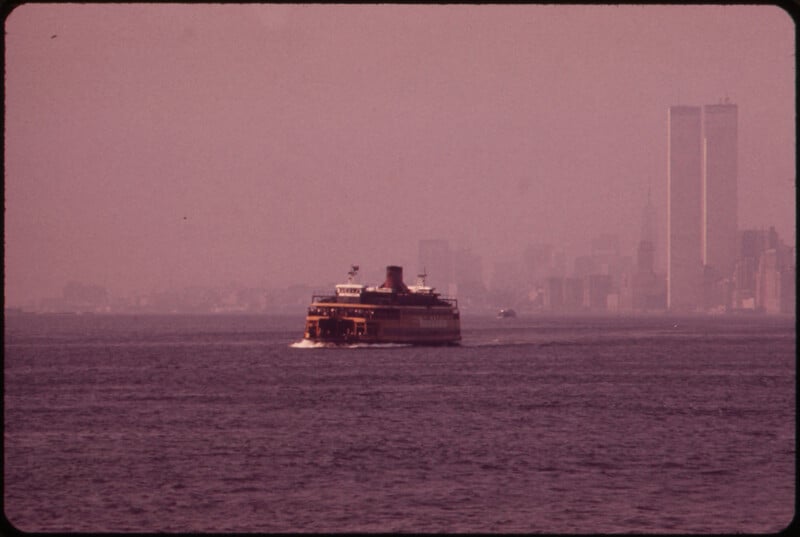1970s Photos of Lower Manhattan Revealed America’s Decay

In the 1970s, photographer Wil Blanche was assigned by the newly-formed Environmental Protection Agency (EPA) to document New York’s decaying natural environment in what was the first major look at the impact of industrial cities.
Blanche’s photos were part of Documerica, a photographic project looking at areas of environmental concern across the United States. Blacnche’s assignment was to focus on Lower Manhattan where the newly-built 1,368-foot-tall Twin Towers had been erected.
Blanche’s task was to visually show the link between Americans and their impact on the environment. He photographed all types of scenes including landfill sites, children playing in the park, and traffic entering the Brooklyn-Battery tunnel.




Now the photos act as a remarkable and thorough photo documentation of a New York that was very different. The 1970s was a notoriously difficult time for the Big Apple with riots playing out after a blackout in 1977.
According to Flashbak, Blanche was a New York native who worked for magazines like Esquire, Sports Illustrated, and Modern Man.
His photos are an incredible resource for those studying the city’s history but it is difficult to look at images of the World Trade Center without thinking about the horror that played out on September 11, 2001.


![]()



![]()
![]()



What Was Documerica?
Documerica ran from 1972 to 1977 and involved over 100 freelance photographers capturing images of air and water pollution across the United States on behalf of the EPA. The shutterbugs also captured the impact of industrialization as well as daily life in urban and rural areas.
Over 22,000 photographs were produced which offered an insight into how the environment was affecting people’s lives. The negatives and prints are housed in the National Archives and are considered to be a valuable historical resource.
Image credits: Photographs by Wil Blanche/Environmental Protection Agency/Public Domain.